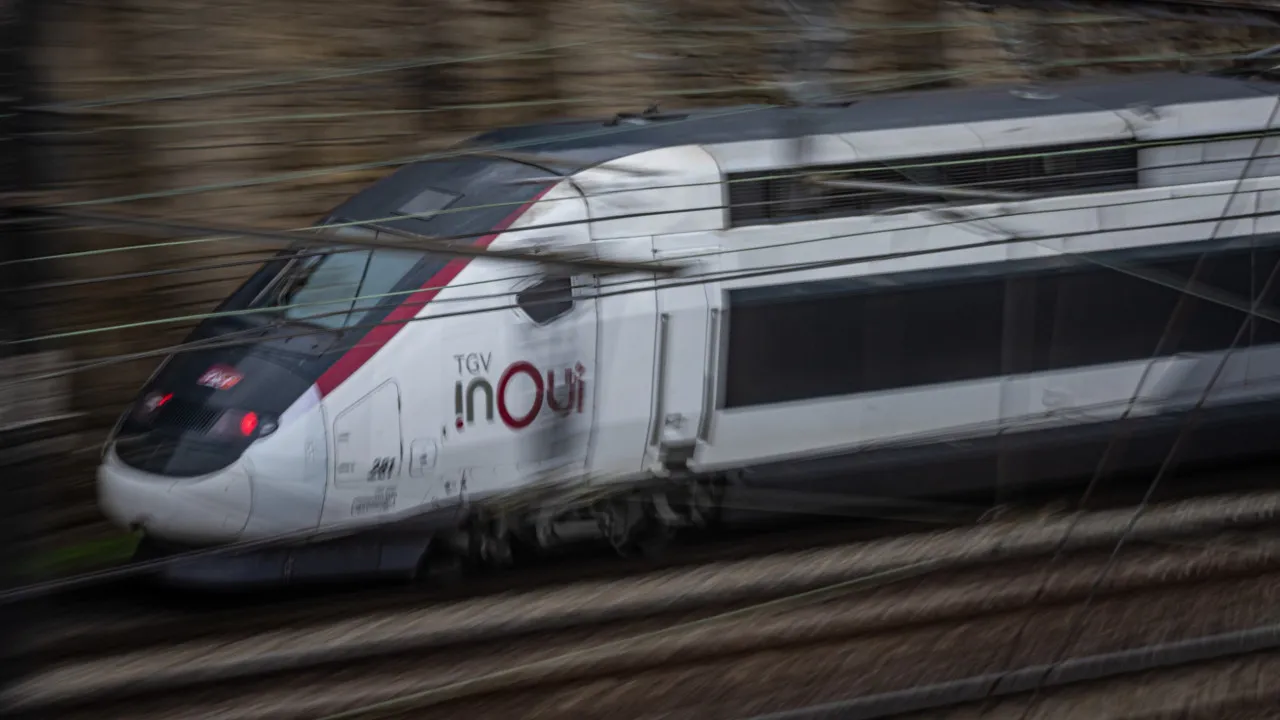
The Portuguese Environment Agency (APA) has conditionally approved the section between Soure and Carregado of the upcoming Lisbon-Porto high-speed rail line, which includes a station in Leiria.
“(…) Considering the identified negative impacts, generally capable of minimization, and the significant positive impacts anticipated, a conditional favorable decision is issued,” states the Environmental Impact Declaration (DIA) reviewed by the agency Lusa.
This decision mandates the adoption of the B1 alternative (in the Carregado — Rio Maior stretch), B2+A3 alternatives (Rio Maior — Juncal), B4 alternative with Regueira de Pontes variant (Juncal — Bidoeira), and the B6 alternative (Bidoeira — Pombal section), as they are “environmentally the most favorable, considering the relevant values present.”
According to the DIA, valid until July 1, 2029, the APA acknowledges that “from the conducted assessment, reviews from consulted external entities, and public consultation submissions, it is considered that the main negative impacts of the project will occur during the high-speed rail line (LAV) construction phase, some of a temporary nature, but also during the operational phase.”
“These impacts require a set of measures to be introduced into the execution project of the selected alternatives, as well as the definition of concrete minimization/compensation measures for the construction and operational phases, reducing the significance of identified impacts for the execution project to be developed.”
The DIA lists a set of elements that need to be presented, including acoustic, vibration, economic activity, and social impact studies.
This last study “must pay particular attention to cases of housing impact and relocation,” and observe “situations that may lead to collective relocation processes, with the active participation of those affected.”
Compensation measures include, for instance, a project due to deforestation and a socio-economic program (when there are direct impacts on property, housing, economic activities, and social/collective facilities).
The community will benefit from scholarships, leisure activities for children and the elderly, and the rehabilitation of houses not directly affected by the project, among other actions.
The DIA also mandates monitoring programs (noise, vibrations, surface and groundwater resources, fauna and flora, or cultural heritage).
The Porto-Lisbon high-speed rail line, with dual electrified tracks, will enable a maximum speed of 300 kilometers per hour and is intended exclusively for passenger traffic.
The Soure — Carregado section, approximately 110 kilometers long, is part of phase 2 of the high-speed rail line, following phase 1 projects (Porto — Soure). Phase 3 pertains to the Carregado – Lisbon stretch.
The project spans the municipalities of Rio Maior, Azambuja, Alenquer, Cadaval, Caldas da Rainha, Alcobaça, Porto de Mós, Leiria, Marinha Grande, and Pombal.
The future high-speed line will connect to the Northern Line in the Carregado area.
The upcoming Leiria station, projected for the Barosa area, will allow connections to the Western Line, with this line deviated from its current path to accompany the high-speed line, allowing it to use the joint station.
This section has an estimated cost of two billion euros, and the construction work is expected to last four years.
If realized, the high-speed train journey between Leiria and Lisbon will take 36 minutes, compared to the current duration of about three hours.




